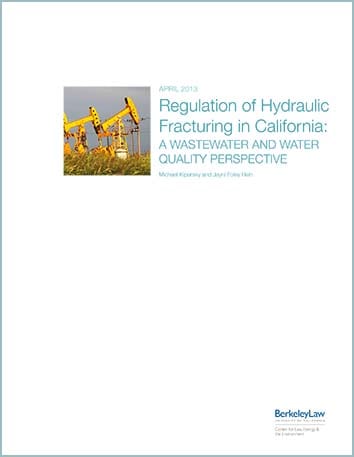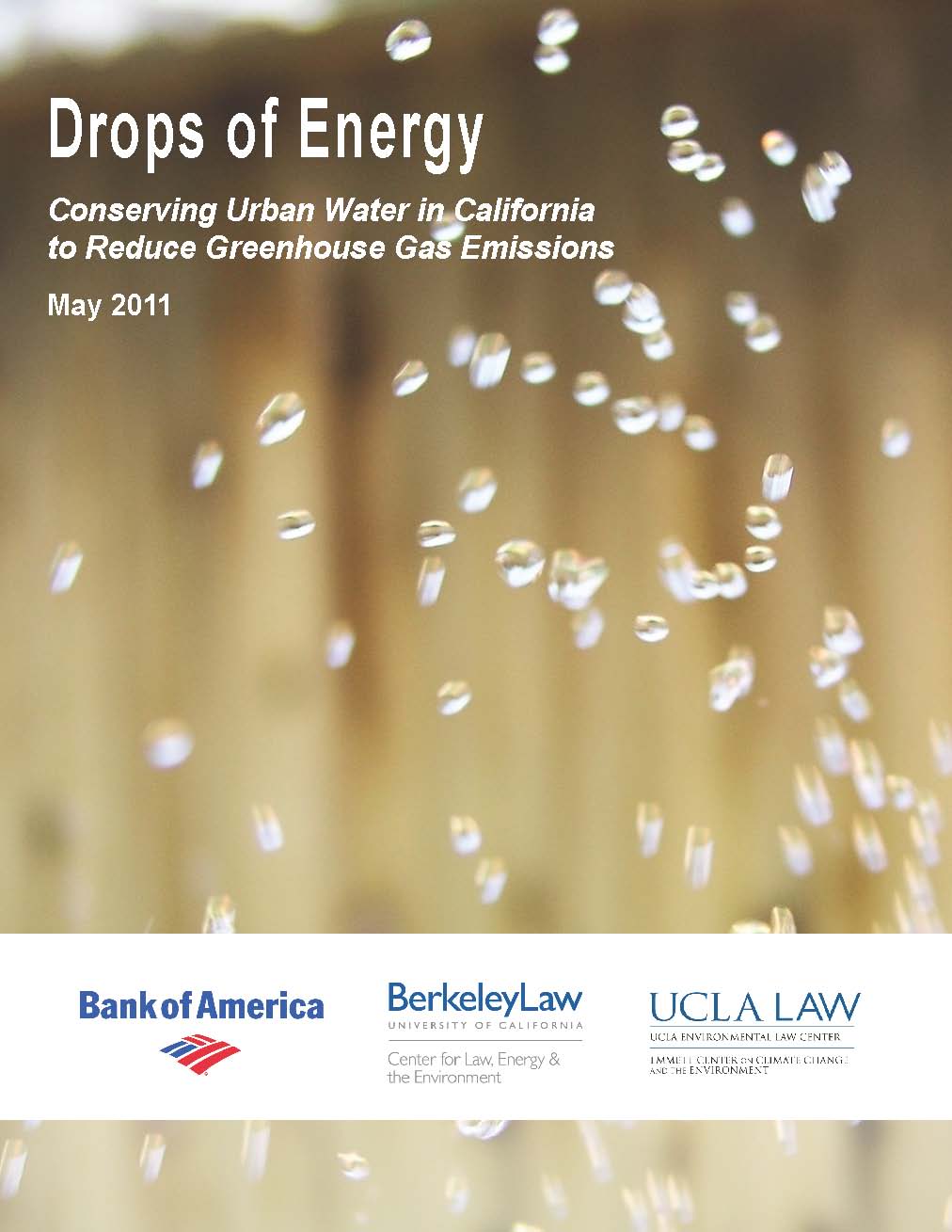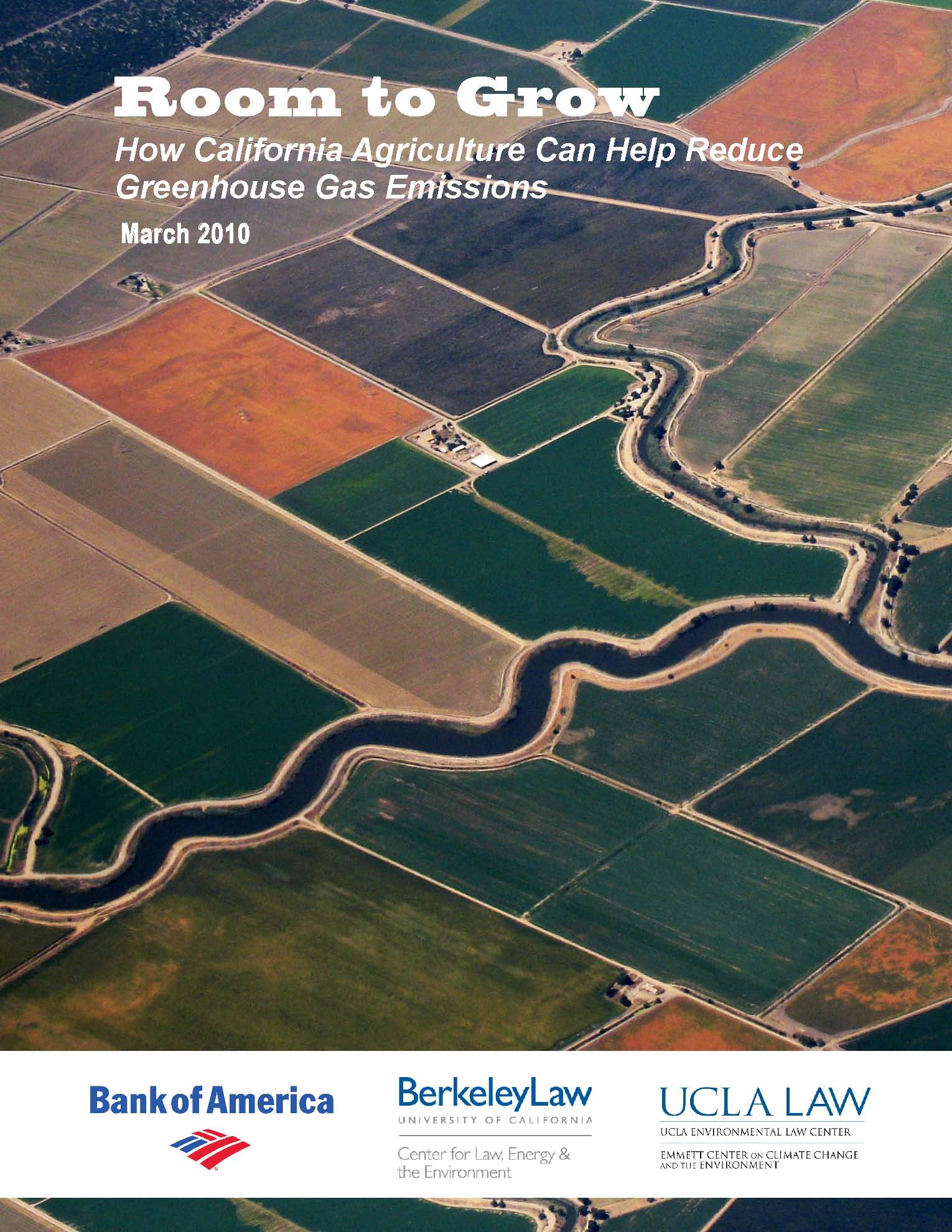The connection between energy use and water in California is complex. California’s water delivery projects constitute the largest single use of electricity in the state, and a significant percentage of energy use in buildings is tied to water consumption. Between water pumping and its relationship to agriculture, along with the water quality impacts of hydraulic fracturing, our reports explore solutions to improve both water consumption and efficient energy use.
April 2013
Regulation of Hydraulic Fracturing in California: A Wastewater and Water Quality Perspective
Our 2013 report on hydraulic fracturing in California focused on potential water quality impacts, and included a synthesis of the state of knowledge on this then-emerging topic for California, plus discussion of the legal and regulatory context. In the face of scientific uncertainty, our report urged caution, greater transparency, and increased accountability for oil and gas operators. Our work resulted in substantial media coverage and invited testimony. Many of our recommendations were ultimately reflected in SB4.
Also see our Legal Planet blog post.
May 2011
Drops of Energy: Conserving Urban Water in California to Reduce Greenhouse Gas Emission
Because pumping, treating, and using water involves energy consumption, conserving water in California will reduce greenhouse gas emissions and constitute a critical adaptation strategy as the state faces a likely future of fewer water supplies and more people.
Key policy recommendations: Improved state policies to provide more accurate data on water usage, on-bill financing and a public goods charge on water use to finance efficiency measures, and a coordinated outreach campaign to promote water efficiency among consumers.
March 2010 *
Room to Grow: How California Agriculture Can Help Reduce Greenhouse Gas Emissions
Agricultural businesses can play a key role in reducing greenhouse gas emissions associated with farming in California, while saving themselves money in the process. In the short-term, agriculture leaders can adopt immediate cost-effective practices to reduce GHG emissions, while in the long-run policy makers must assist with industry efforts.
Key policy recommendations: Increased on-farm renewable energy through expansion of the feed-in tariff and net metering programs, more efficient fertilizer usage and livestock feed, and regulatory processes to encourage innovation.


